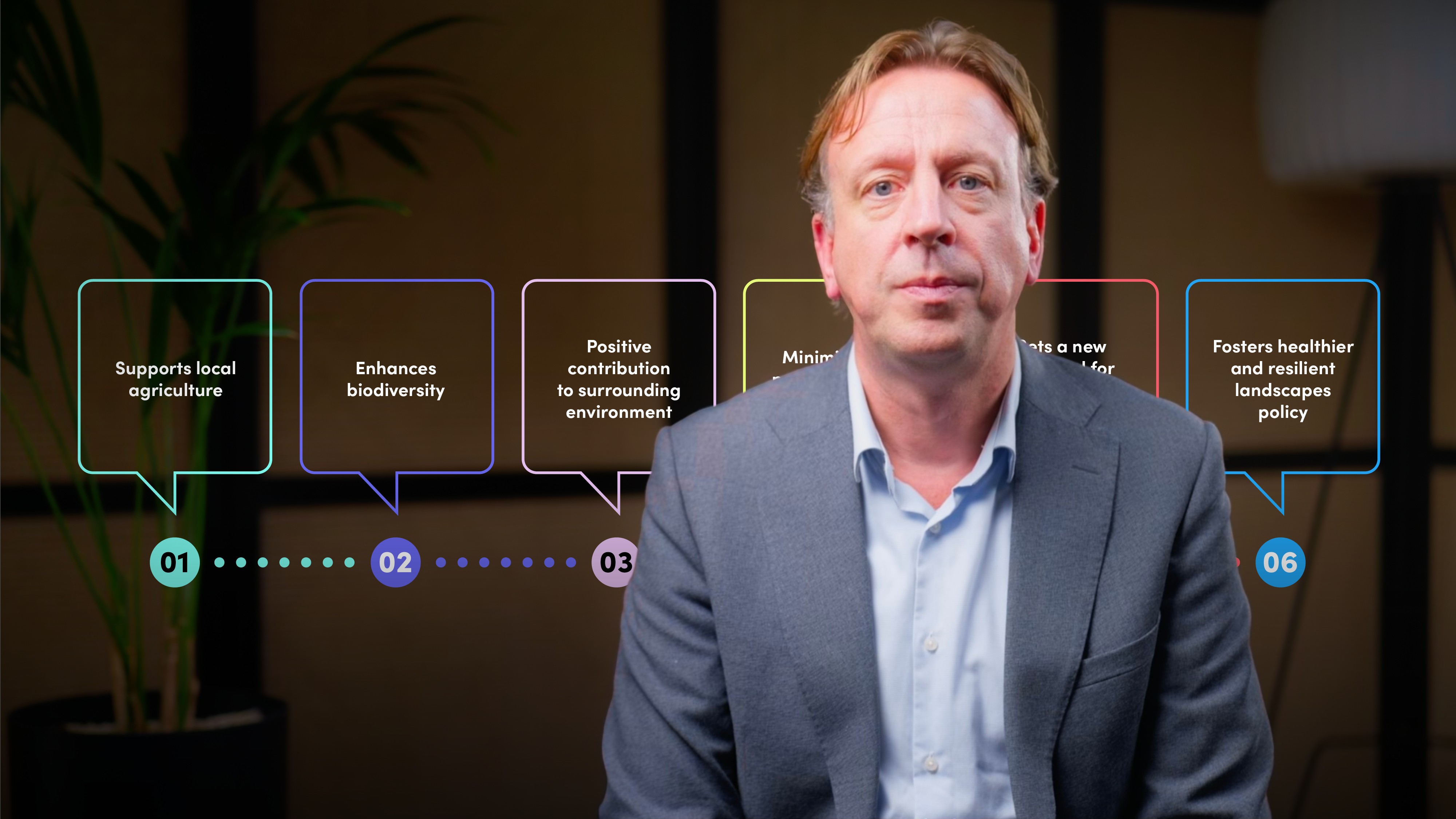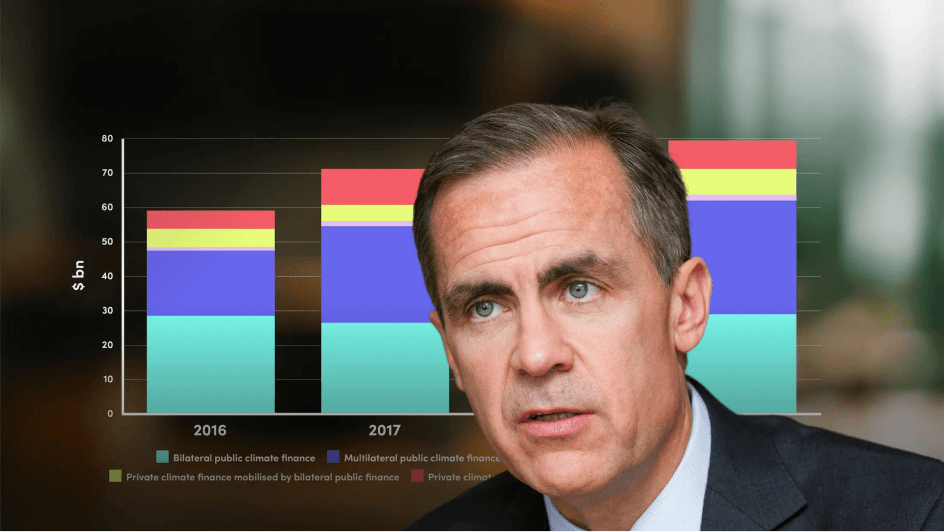
Integrating ESG in Renewable Energy Asset Development

Cederik Engel
In this video, Cederik Engel explains how renewable energy companies should balance economic growth with social and environmental responsibilities. He covers the role of ESG principles in clean energy development, using real-world examples to showcase how sustainability is embedded into asset development.
In this video, Cederik Engel explains how renewable energy companies should balance economic growth with social and environmental responsibilities. He covers the role of ESG principles in clean energy development, using real-world examples to showcase how sustainability is embedded into asset development.
Subscribe to watch
Access this and all of the content on our platform by signing up for a 7-day free trial.

Integrating ESG in Renewable Energy Asset Development
13 mins 18 secs
Key learning objectives:
Understand the role of ESG in the site selection and impact assessment process
Outline the best practices for community engagement in energy projects
Understand how land use and biodiversity conservation techniques are integrated into renewable energy projects
Identify key ESG considerations in procurement and investment decisions
Outline the methods to reduce carbon emissions in the development clean energy projects
Understand the importance of conducting ESG due diligence in the asset development process
Overview:
Subscribe to watch
Access this and all of the content on our platform by signing up for a 7-day free trial.
Environmental, Social, and Governance (ESG) principles are essential for ensuring that renewable energy projects create long-term value while minimising negative environmental and social impacts. They help companies build resilient, ethical, and financially viable businesses that contribute positively to the global energy transition.
Choosing the right location for renewable energy projects is crucial to minimising environmental disruption. Developers conduct Environmental Impact Assessments (EIA) to assess biodiversity, land use, and potential ecological risks. A case study from the Netherlands highlights how integrating a biodiversity program helped restore native flora while supporting clean energy generation.
Why is community engagement a critical step in asset development?
Renewable energy projects can directly impact local communities, making early and transparent engagement essential. By consulting with stakeholders including residents, regulatory bodies, and municipalities companies can address concerns, gain support, and build long-term positive relationships. Active listening and collaboration ensure that projects align with community needs and expectations.
Sustainable project design prioritises coexistence with nature. Strategies such as dual-use land (e.g., combining solar panels with agricultural activities) and biodiversity-friendly practices (e.g., native planting and wildlife corridors) help protect ecosystems while generating clean energy. Successful initiatives, like sheep grazing at a solar park, demonstrate the benefits of these approaches.
When selecting Engineering, Procurement, and Construction (EPC) or Operations and Maintenance (O&M) partners, companies must assess their ESG credentials, including ethical sourcing, environmental management, and human rights due diligence. Investment decisions follow a structured ESG screening process, ensuring projects meet sustainability commitments before advancing to development.
Innovative design and technology integration help minimise a project’s carbon footprint. For instance, advanced energy storage solutions, noise reduction systems, and fire suppression technologies in battery plants enhance sustainability while improving efficiency. These measures ensure that clean energy projects contribute to decarbonisation efforts.
Subscribe to watch
Access this and all of the content on our platform by signing up for a 7-day free trial.

Cederik Engel
There are no available Videos from "Cederik Engel"





























